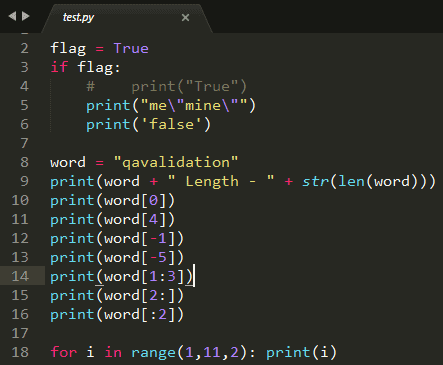

distortions = ĭistortions.append(kmeanModel.inertia_) Plotting the distortions of K-Means plt.figure(figsize=(16,8)) We can easily run K-Means for a range of clusters using a for loop and collecting the distortions into a list. There are 3 different clusters in the Dataset and we have 4 features that we can feed the K-Means model. Let’s see the number of groups that the Iris dataset has iris array() K-Means Elbow method example with Iris Dataset import pandas as pd When the distortions are plotted and the plot looks like an arm then the “elbow”(the point of inflection on the curve) is the best value of k. The Elbow method is a very popular technique and the idea is to run k-means clustering for a range of clusters k (let’s say from 1 to 10) and for each value, we are calculating the sum of squared distances from each point to its assigned center(distortions). Therefore we have to come up with a technique that somehow will help us decide how many clusters we should use for the K-Means model. The number of clusters is user-defined and the algorithm will try to group the data even if this number is not optimal for the specific case. I hope you find it useful too.K-Means is an unsupervised machine learning algorithm that groups data into k number of clusters. Leveraging all this power for any kind of testing,Īnd not just unit testing, is possible with very little code, due to Coupled with third-party tools they can be even more Python’s built-in test discovery, reporting and running facilitiesĪre very powerful. Technique, and gained access to many more capabilities for free.
PYTHON RUNNER TECHNIQUE CODE
Of years and found it very useful more than once, I replaced a wholeĬomplex test runner program with about 20-30 lines of code using this I’ve used this technique in a number of projects over the past couple Want to use tools that shard your tests for parallel execution – in thisĬase you almost certainly need separate test cases. Moreover, you may have a huge amount of tests and In general, test cases are better isolated and share less, than tests Than just single tests? It all depends on your specific needs, really. Why would you want to generate whole test cases dynamically rather FAILįile "dynamic_test_classes.py", line 8, in test Now an execution will look like this: $ python dynamic_test_classes.py -v All test cases derive from DynamicClassBase and hence from unittest.TestCase, so they will be auto-discovered by the unittest machinery. Within the loop: now instead of dynamically creating test methods andĪttaching them to the test case, we create whole test cases – one perĭata item, with a single test method. Test_func = make_test_function(name, params, params) Here’s a very short code snippet that can serve as a template to achieve this: import unittestĭef make_test_function(description, a, b):įor name, params in eritems(): Why not employ Python’s existing "test runner" capabilities to do the same? Share a lot of common infrastructure – I know that mine do. Tree, finds all the "test files" there, runs each through the Some sort (compiler, encryptor, encoder, compressor, translator etc.) Up when the program under test is a data-transformation mechanism of Usually encounter such testing rigs very frequently.

The details of this are immaterial, but seasoned programmers "expected results" file, or maybe is encoded in the data file itself in The output of the program is compared to some Let’s assume my tests are some sort of data files which have to beįed to a program.

In short, I’m actually using Python’s unittest, combined with the dynamic nature of the language, to run all kinds of tests. Gravitated towards a very convenient approach which I want to share Having written my share of such custom test runners, I’ve recently Where we usually end up with a custom "test runner" script. Testing does not cover all kinds of testing we may want to do – forĮxample, all kinds of whole program tests and integration tests. Package and its moral equivalents in other languages). While many different kinds and levels of testingĮxist, there’s good library support only for unit tests (the Python unittest


 0 kommentar(er)
0 kommentar(er)
